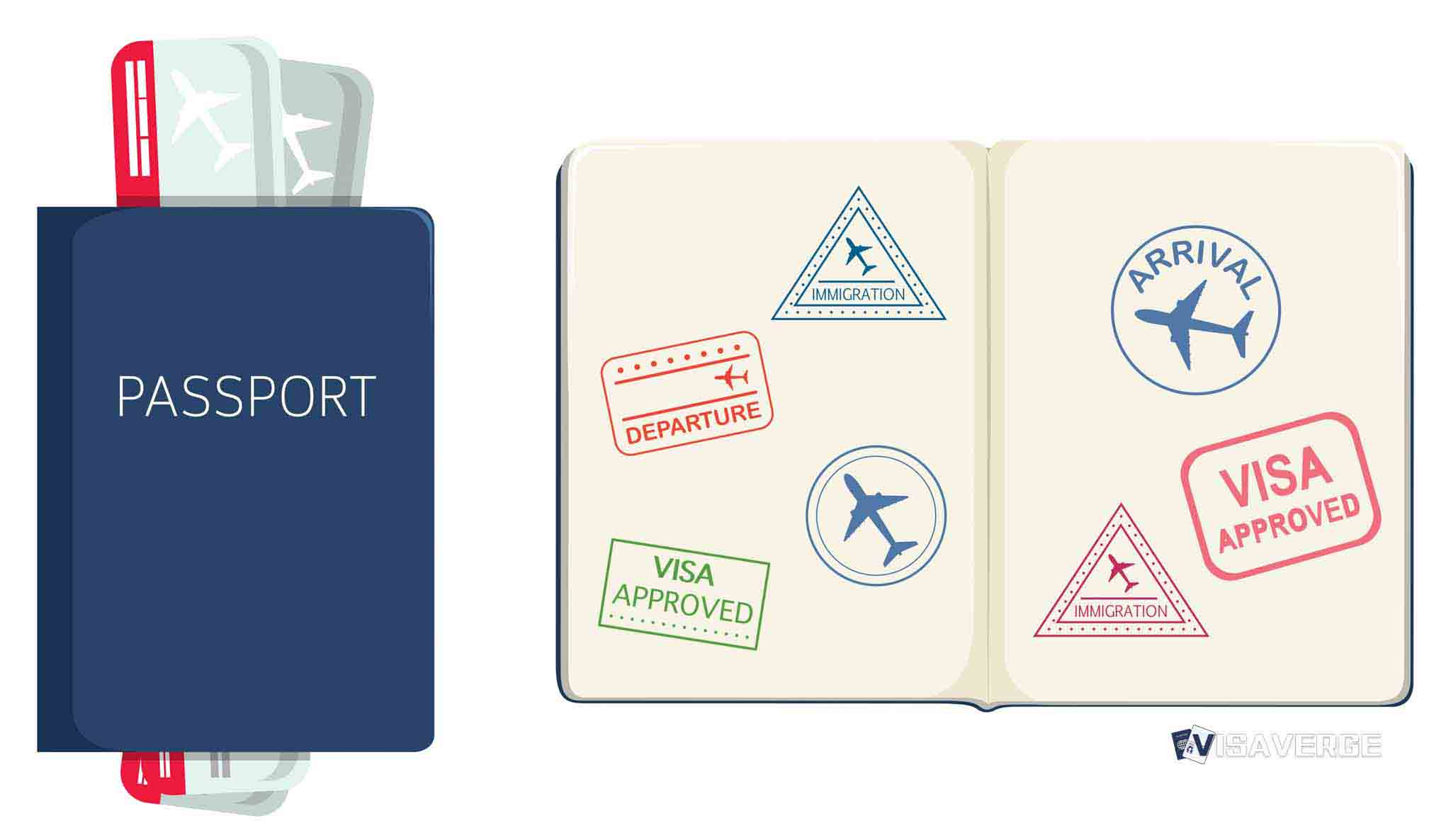(SINGAPORE) Singapore holds onto the top spot in the 2025 Henley Passport Index, with its citizens enjoying visa-free access to 193 destinations out of 227 worldwide. The latest ranking, released with travel data supplied by the International Air Transport Association (IATA) and verified by Henley & Partners researchers, again places Singapore at the front of the pack for powerful passports.
Japan and South Korea share second place with 190 visa-free destinations, while a large European group—Denmark, Finland, France, Germany, Ireland, Italy, and Spain—follows in third at 189.

How the index works
The index ranks passports by how far they get their holders without a pre-arranged visa. The 2025 edition uses IATA’s global database and compares 199 passports against 227 destinations, including countries, territories, and select micro-states.
A passport earns:
– 1 point for each place that grants visa-free access, visa-on-arrival, or a similar visa-free entry
– 0 points when a visa is required before travel
The resulting score provides a simple way to compare travel freedom across passports.
The index measures access, not the travel experience. It does not assess visa processing speed, airport wait times, or approval rates for visas that remain required.
Notable rankings and movements
- Singapore: 193 destinations — retains the top position.
- Japan & South Korea: 190 destinations — tied for second.
- Denmark, Finland, France, Germany, Ireland, Italy, Spain: 189 destinations — third place cluster due in part to Schengen-area benefits.
- United Kingdom: 186 destinations — 6th place, reflecting steady Europe and Asia-Pacific access.
- United States: 182 destinations — 10th, a slide that suggests more routes now require a visa or travel authorization.
- India: Climbed 8 places to 81st, with a total of 59 visa-free destinations (a net gain of only two).
- Afghanistan: 26 destinations — remains at the bottom, underscoring large disparities in global mobility.
Shifts among top tiers
Several countries posted notable year-on-year changes:
- Saudi Arabia: Added 4 visa-free destinations since January 2025, now at 91, moving to 54th.
- South Africa: Re-enters the top 50 for the first time in a decade, supported by a 10% increase in visa-free access between 2024 and 2025.
These movements highlight how targeted agreements and regional outreach can produce measurable gains in a single year.
What the ranking means for travelers
The index is a useful shorthand for trip flexibility, with higher-ranked passports generally offering:
- Fewer embassy visits and less paperwork before travel
- Lower up-front costs for visa fees
- Easier last-minute trips and wider route options
However, travelers should remember:
– The index does not cover airport wait times, visa approval rates, or the specifics of electronic travel authorizations.
– Always check current entry rules before booking.
For Singapore-specific entry rules and visas, consult the Immigration & Checkpoints Authority’s guidance at the official ICA page: https://www.ica.gov.sg/enter-transit-depart/entering-singapore/visa_requirements
Practical impacts by user group
- Business travelers: Teams from top-ranked countries can often visit client markets on short notice. Mid-ranked passport holders may need longer lead times for visa appointments, affecting project schedules.
- Students and families: Higher scores can make attending conferences, summer schools, or short-term study easier. Families with mid-ranked passports may spend more time gathering documents and booking visa slots.
- Those with restrictive passports (e.g., Afghan holders): Face the toughest limits, affecting family visits, study plans, and business travel. Building a travel history to visa-free countries can sometimes help with future applications.
Policy drivers and broader context
Analysts and VisaVerge.com reports note that long-term factors tend to support higher rankings:
– Stable economic ties
– Strong consular networks
– Reciprocal visa policies
Governments often treat visa deals as part of wider trade and tourism plans. When countries sign arrangements allowing short stays without a visa or visas on arrival, the index captures those changes in the next cycle. That dynamic helps explain Saudi Arabia’s recent gain and South Africa’s return to the top 50.
Henley & Partners provides detailed breakdowns, historical comparisons, and interactive tools at their official site. Readers can explore the full list and year-on-year changes at https://www.henleyglobal.com.
Key takeaways
- Singapore’s lead at 193 cements its status among the world’s most powerful passports.
- Japan and South Korea at 190 define the second tier, while the European cluster at 189 demonstrates the benefit of regional cooperation.
- The United Kingdom (186), United States (182), and India (81st, 59 destinations) reflect a mixed picture across major travel markets.
- The Afghan passport (26) highlights stark inequalities in global mobility.
For travelers, employers, and students, the Henley Passport Index is a helpful planning tool—but always verify entry rules with official sources before departure. Each new visa deal or policy shift can move a passport up or down in the next edition of the index.
This Article in a Nutshell
The 2025 Henley Passport Index, compiled using IATA data and Henley & Partners research, ranks Singapore first with visa-free access to 193 of 227 destinations. Japan and South Korea are second with 190 destinations; Denmark, Finland, France, Germany, Ireland, Italy, and Spain form a third cluster at 189. The index awards one point per visa-free or visa-on-arrival destination across 199 passports and 227 territories. Notable movements include India’s rise to 81st (59 destinations), Saudi Arabia’s gain of four destinations to 91, and South Africa’s return to the top 50 after a 10% accessibility increase. The index helps travelers, businesses, and students gauge travel flexibility, but does not measure visa processing speed or airport experiences; users should verify official entry rules before travel.













